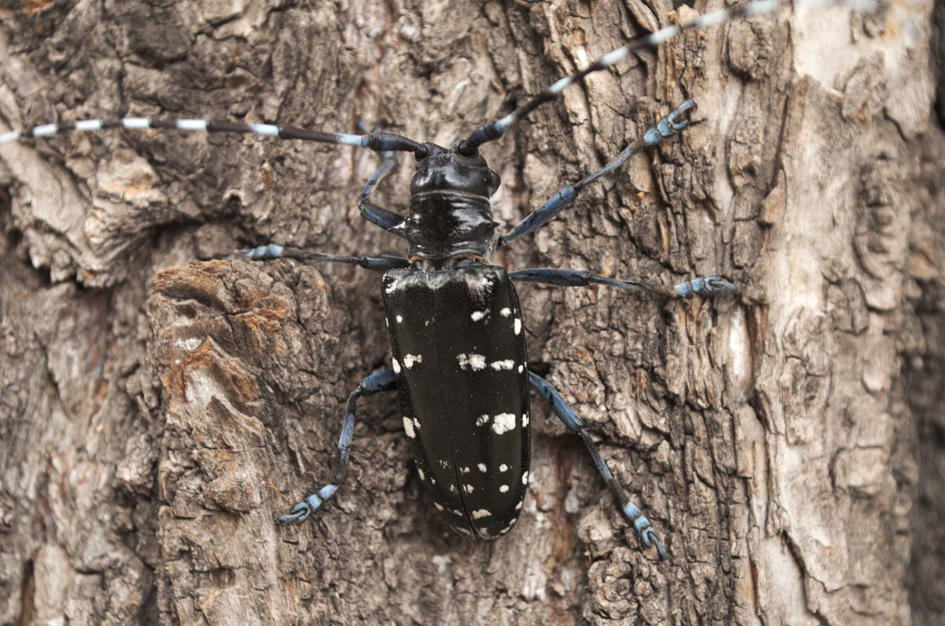The worldwide invasion of the Asian long-horned beetle
Repeated introductions from both the native and the invaded ranges of a major tree pest, the Asian long-horned beetle (Anoplophora glabripennis), has enhanced its establishment and spread. These were some of the findings of a paper recently published in the journal Molecular Ecology.





